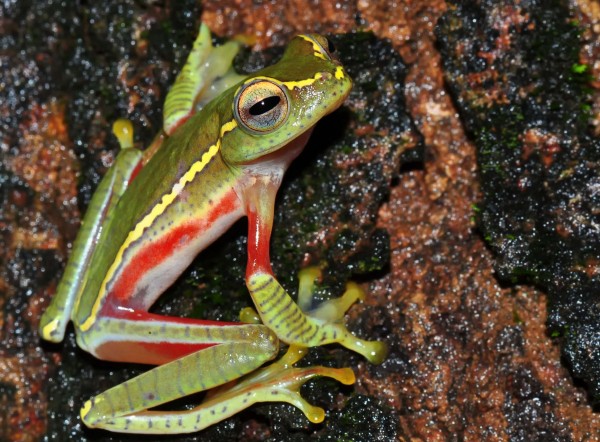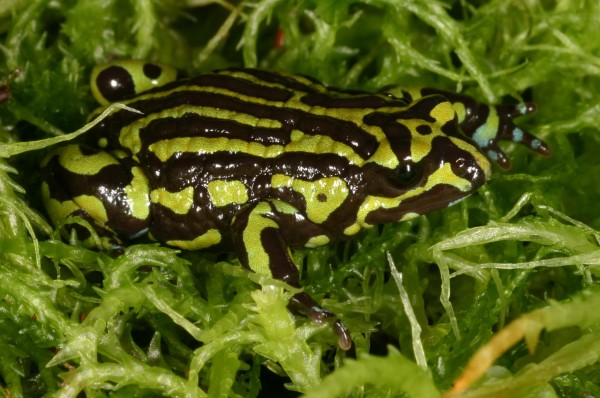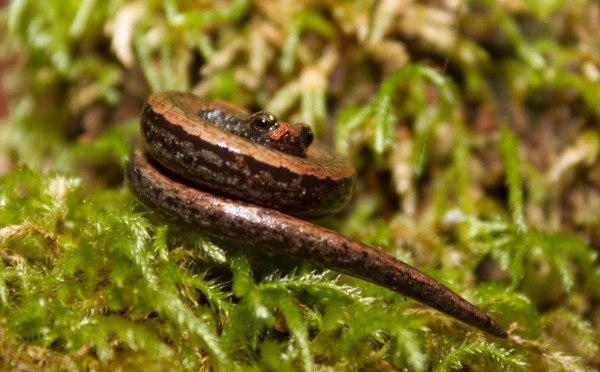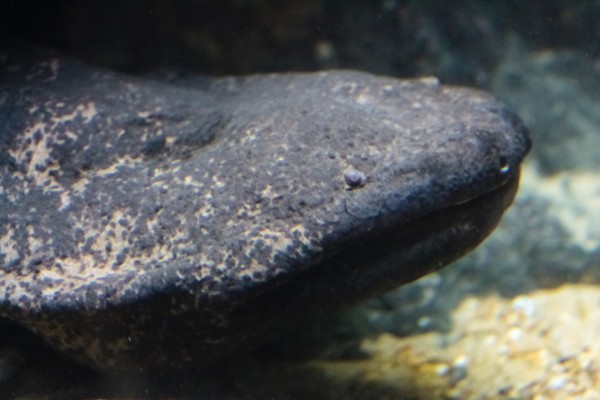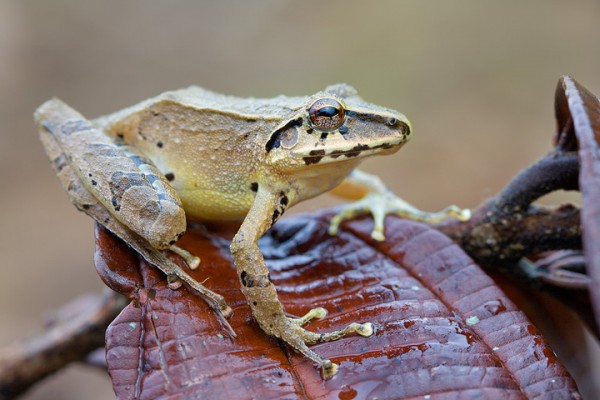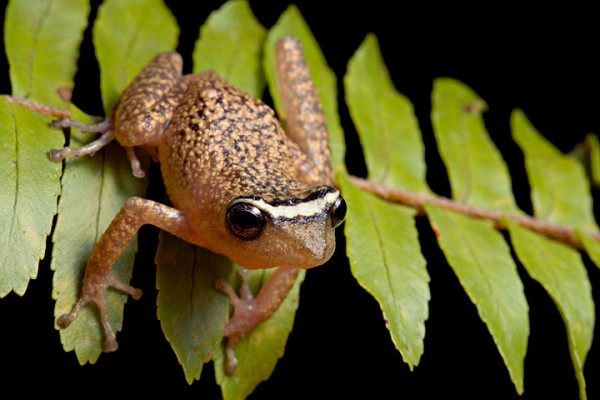Cute Frog of the Week: January 21, 2013
The crisis facing this little Cuban native doesn’t involve missiles, but it does require immediate action to save this frog species from extinction. Characterized by its dark mottled brown pattern on its dorsal surface, the Oriente mottled frog (Eleutherodactylus simulans) blends well among the rocks, leaves and streambeds from which it is found. Recorded only in five small locations in Cuba, this terrestrial frog is currently classified as endangered by the IUCN. Due to habitat destruction from increasing deforestation within the country, the Oriente mottled frog population is clinging on to its existence.
Photo by Ariel Rodriguez via Arkive.
Every week the Panama Amphibian Rescue and Conservation Project posts a new photo of a cute frog from anywhere in the world with an interesting, fun and unique story to tell. Be sure to check back every Monday for the latest addition.
Send us your own cute frogs by uploading your photos here: http://www.flickr.com/groups/cutefrogoftheweek/




